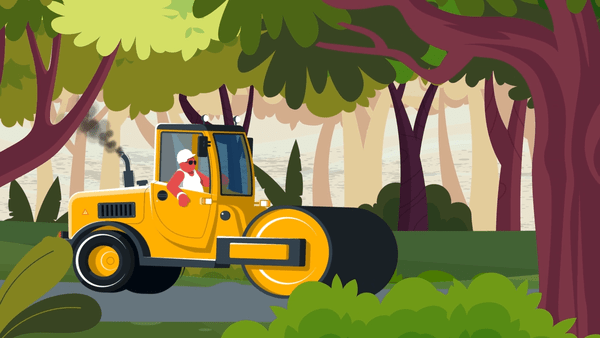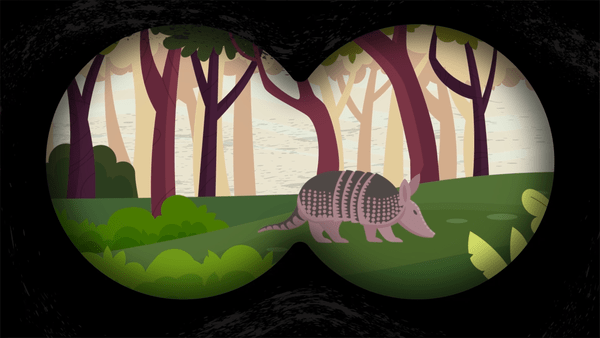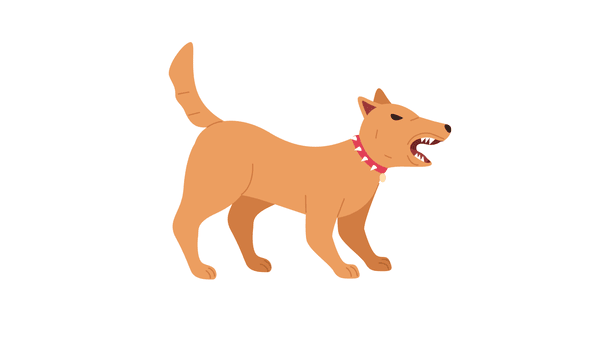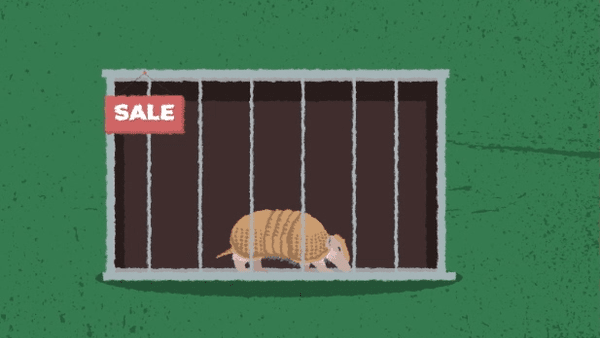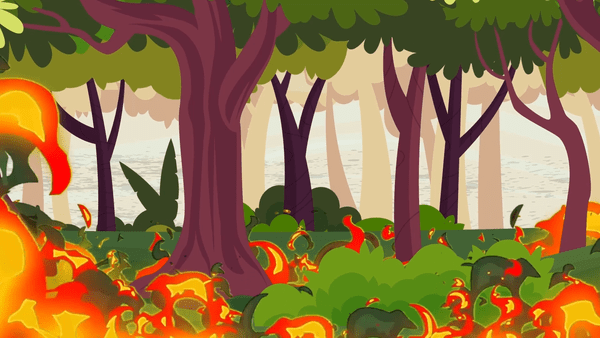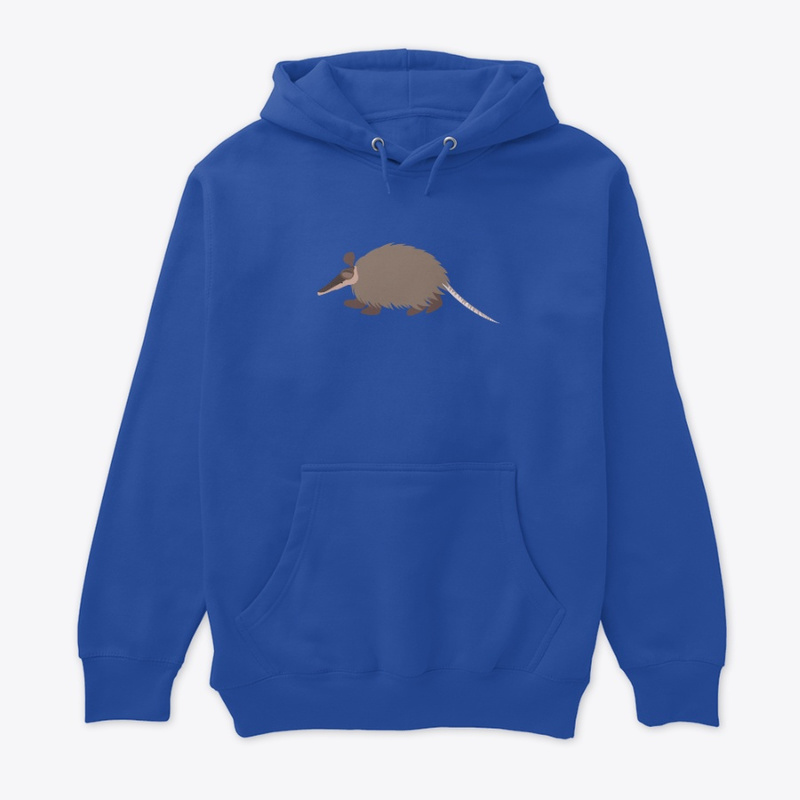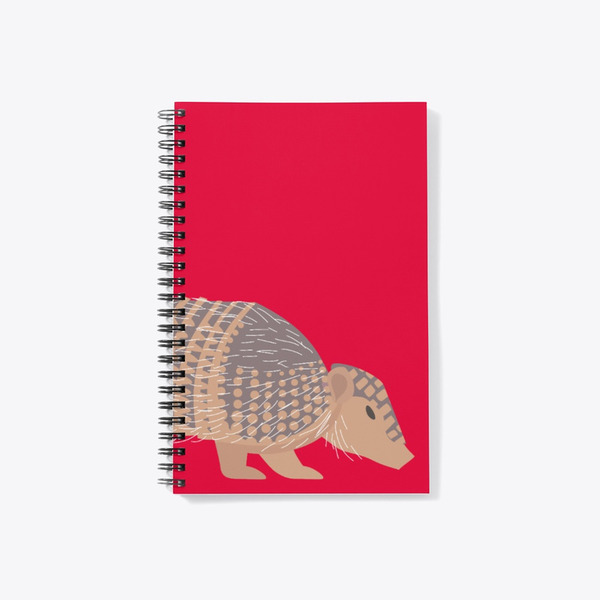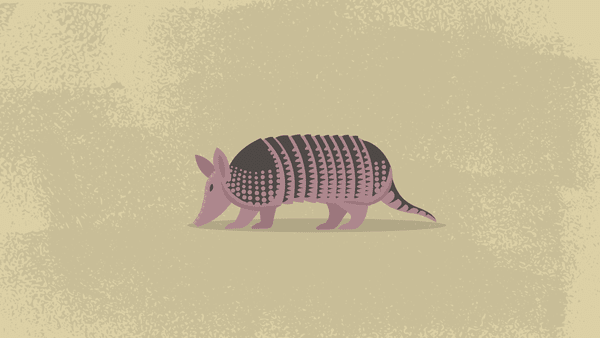
Llanos long-nosed armadillo
Dasypus sabanicola
Reproduction: Four genetically identical offspring are born in August-September.
Weight: 1–2 kg
Diet: Primarily termites, but also ants, beetles, and worms
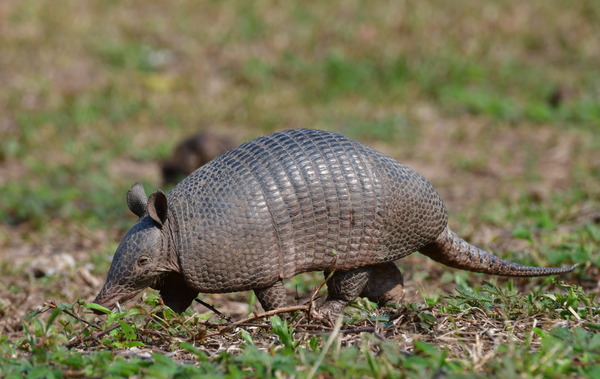
Common Names
English – Northern long-nosed armadillo, Llanos long-nosed armadillo
French – Tatou à long museau du Nord
German – Savannen-Gürteltier
Spanish – Cachicamo Sabanero; Tatú de Sabana
Portuguese – Tatu-das-Savanas
How to Identify:
Carapace Uniform grey color Moveable bands 7-9 Tail 17–21 cm, proportionally long Other characteristics Head is shorter than in D. novemcinctus
IUCN Red List
Species are classified into one of nine Red List Categories: Extinct, Extinct in the Wild, Critically Endangered, Endangered, Vulnerable, Near Threatened, Least Concern, Data Deficient and Not Evaluated. Vulnerable, Endangered and Critically Endangered species are considered to be threatened with extinction.

Llanos long-nosed armadillo Facts
- Nursing mothers may accumulate plant matter at the entrance of their burrows, where they leave their offspring while they search for food. This plant material also protects the burrows from flooding during the rainy season.
- The tunnels of their burrows can be up to 2 meters long. They end in a nest chamber that is lined with leaves and grass.
- Genetic analyses suggest that this species is similar to Dasypus mazzai, although they live over 3500 km apart!
Habitat
- Flat plains
- Grasslands
- Shrubland
 Population Trend
Population Trend
• Decreasing
 Threats
Threats
- Habitat loss due to oil palm, rice, timber, soy, and corn plantations
- Pesticides
- Hunting (for food)
Here are some ways YOU can help keep armadillos healthy and safe:
– It is best to observe them from a distance and in silence.
– Our pets could attack them. It is important to keep your dog on a leash when you go for a walk, or keep your pets at home in an enclosed and safe area. In addition, taking care of our pets also means spaying and neutering them so that they do not breed without control.
– Another way to help protect the areas where armadillos live is by not starting fires.
– Armadillos love to live in nature, keeping them as pets is not good for them. Keep in mind that they don’t like selfies either.
– If you find an injured armadillo, contact a wildlife hospital so they can help it.
– Deforestation is often caused to make more land for livestock. Eating less meat may help save our forests.
Test your new knowledge!
Test your new armadillo expertise by visiting our armadillo word search, puzzles, coloring sheets and name games!
Check out this video to see how much you have learned!
The Anteater, Sloth, Armadillo Specialist Group has a store that directly helps xenarthran conservation!


 Population Trend
Population Trend Threats
Threats